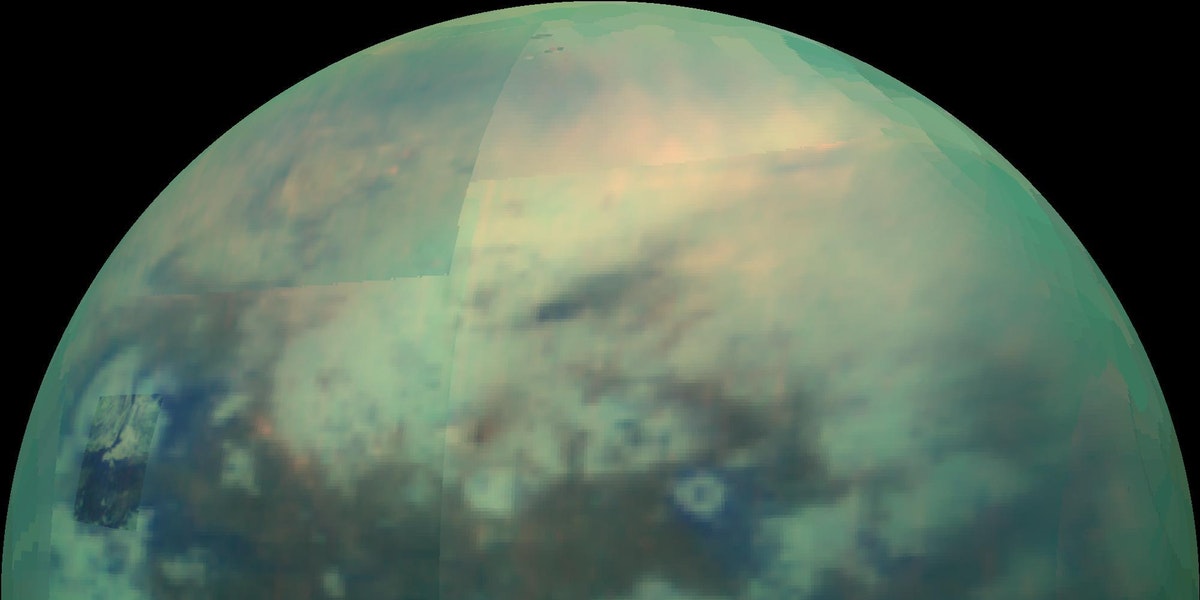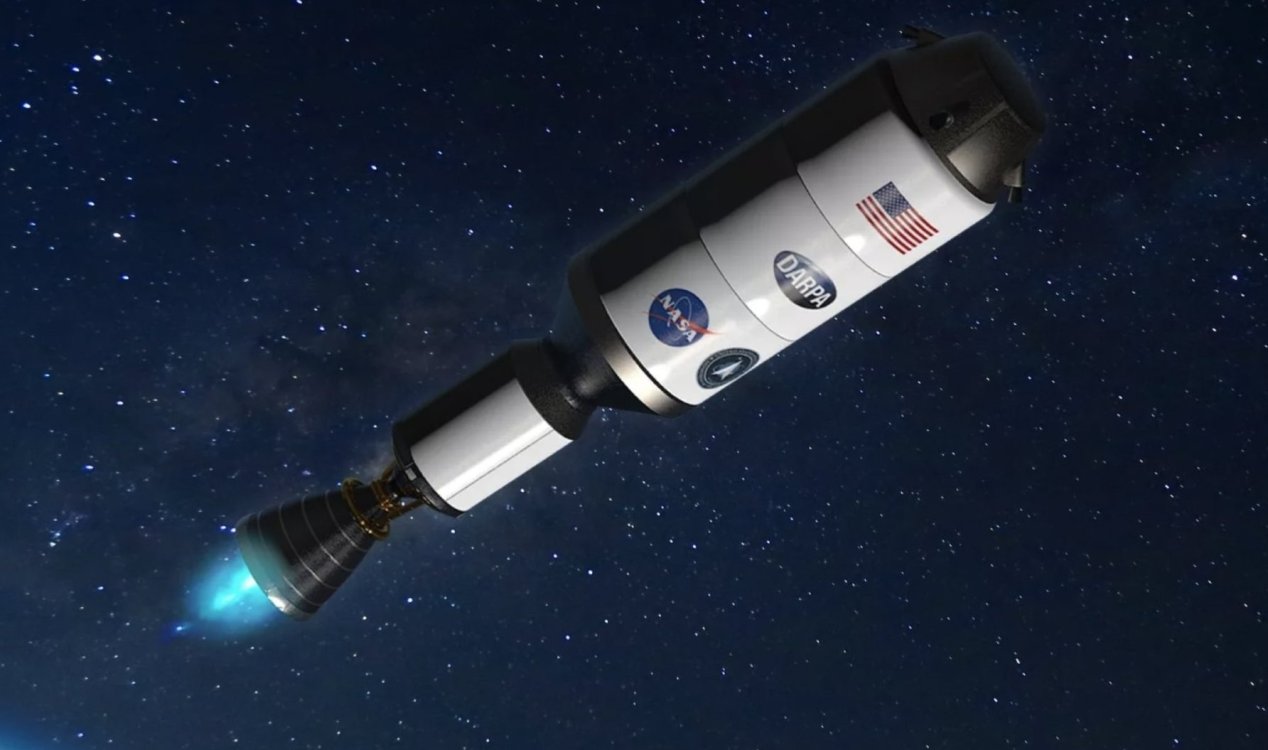Saturn’s mysterious moon Titan has many features that sound familiar to us – an active weather system, oceans, rivers, and snow capped mountains.
Upon closer inspection however, it is evident that the moon is very alien in comparison to Earth. Rather than filled with water, its oceans are filled with an exotic form of liquid hydrocarbons, and the snow capped mountains aren’t capped with snow as we know it, rather they are coated with methane.
Before completely dismissing the chance of life on the moon however, now NASA’s Cassini spacecraft has found what appears to be carbon chain anions – the building blocks of complex molecules, a key indicator that Titan may actually be capable of hosting primitive forms of life.
The discovery suggests that other worlds similar to Titan which, at first glance, may be void of life, may actually be able to host forms of life also.
“We have made the first unambiguous identification of carbon chain anions in a planet-like atmosphere,” said study lead author Ravi Desai of University College London.
“We believe [these] are a vital stepping-stone in the production line of growing bigger, and more complex organic molecules, such as the moon’s large haze particles.”
“This is a known process in the interstellar medium – the large molecular clouds from which stars themselves form – but now we’ve seen it in a completely different environment, meaning it could represent a universal process for producing complex organic molecules.”
“The question is, could it also be happening at other nitrogen-methane atmospheres like at Pluto or Triton, or at exoplanets with similar properties ?”
“These inspiring results from Cassini show the importance of tracing the journey from small to large chemical species in order to understand how complex organic molecules are produced in an early Earth-like atmosphere,” added Dr Nicolas Altobelli, ESA’s Cassini project scientist. “While we haven’t detected life itself, finding complex organics not just at Titan, but also in comets and throughout the interstellar medium, we are certainly coming close to finding its precursors.”





